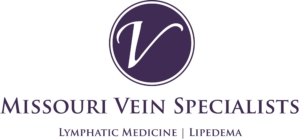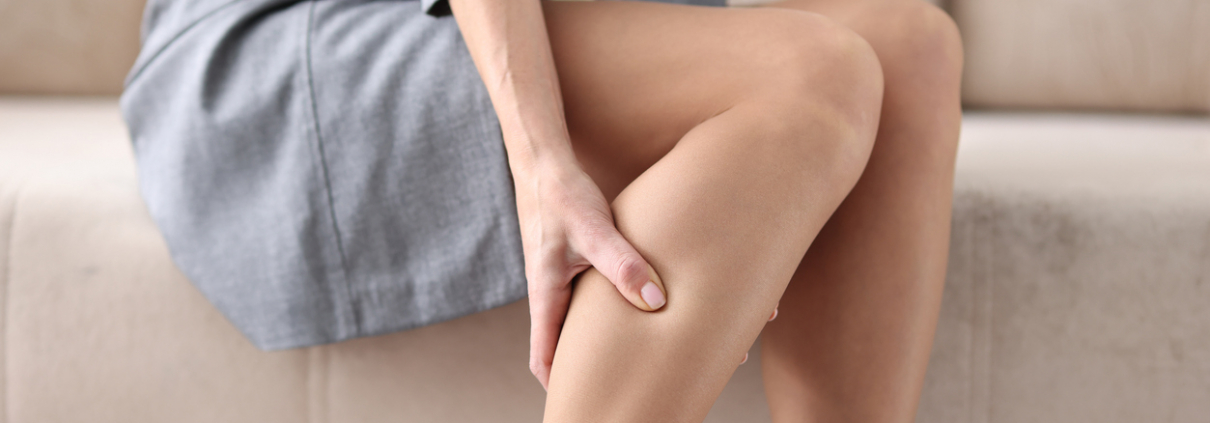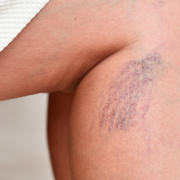What Does a Damaged Vein Feel Like?
Blood circulates through the arteries, capillaries, and veins. These blood vessels are located throughout the body, with arteries bringing fresh blood to the tissues and organs, capillaries acting as go-between vessels, and veins carrying “used” blood back to the heart for recirculation.
The veins are awfully far away from the heart, so the heart’s pumping force does little to help the blood flow along in these vessels. In order to compensate for this, tiny muscles surrounding the veins compress them, forcing the veins to contract and push blood along.
The veins also have a series of tiny internal valves, and each one-way valve prevents blood from flowing backward – and facilitates blood in moving toward the heart. However, if any of the valves are malfunctioning, then your veins are damaged.
Damaged vein valves are most common in the legs. This issue is the underlying cause of spider veins and varicose veins, which are visible red, blue, or purple veins that appear prominently on the surface of the skin. What happens is that the blood pools in the vein and creates enlargement of the vein.
Damaged leg veins can cause a range of symptoms. Let’s talk about what some of those symptoms are, how they feel, and where you can go in Kansas City, Missouri, for expert vein treatment.
Symptoms of Damaged Leg Veins
Symptoms of a damaged vein are usually felt in or around the affected vein. You may experience one or more of the following symptoms:
- Pain and discomfort
- Heaviness or achiness in the legs
- Itchiness around the veins
- Cramping
- Throbbing or burning sensation in the legs
- Leg or ankle swelling
- Dry or discolored skin
- Superficial sores on the skin where a vein has erupted (skin ulcer)
Increased pressure on the vein walls due to extended periods of standing and walking can cause vein damage. Being overweight or clinically obese can also increase the pressure placed on the vein walls. Plus, the risk of vein damage tends to increase with age.
As the pressure builds up, the veins swell, stretch, twist, and bulge. You may notice the veins becoming prominent, in the shape of tree branches just underneath the skin’s surface. The texture and color of the skin may also change if it is left untreated.
Is a Damaged Vein Serious?
A malfunctioning vein valve hinders the circulatory system. The resulting increased pressure in the veins causes sluggish blood flow and can potentially cause a blood clot to form. When this happens in the deeper veins, this is called deep vein thrombosis (DVT), which is a potentially fatal condition.
In deep vein thrombosis, the blood clot (thrombosis) can break away and travel to the heart or lung. This can cause life-threatening problems, such as a heart attack or a pulmonary embolism. This is why you shouldn’t ignore leg pains and aches.
Expert Vein Specialist in Kansas City, MO
Dr. Scott Darling at Missouri Vein Specialists is a venous and lymphatic medicine physician who is highly skilled in treating varicose veins and spider veins. To schedule a consultation with Dr. Darling, call us today at (816) 792-3400 or fill out our convenient appointment request form online. We look forward to helping you achieve clear, smooth, pain-free legs once again!












